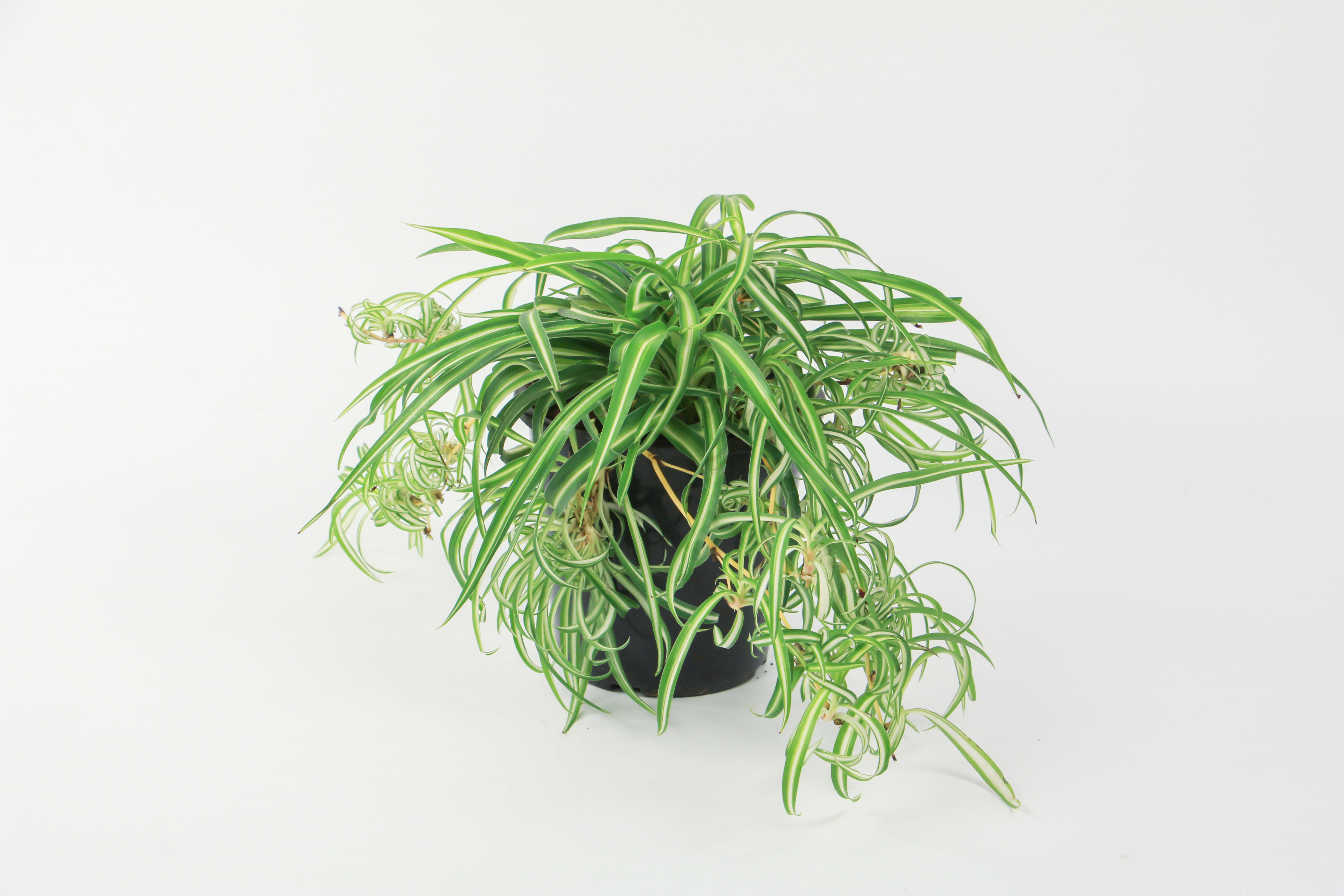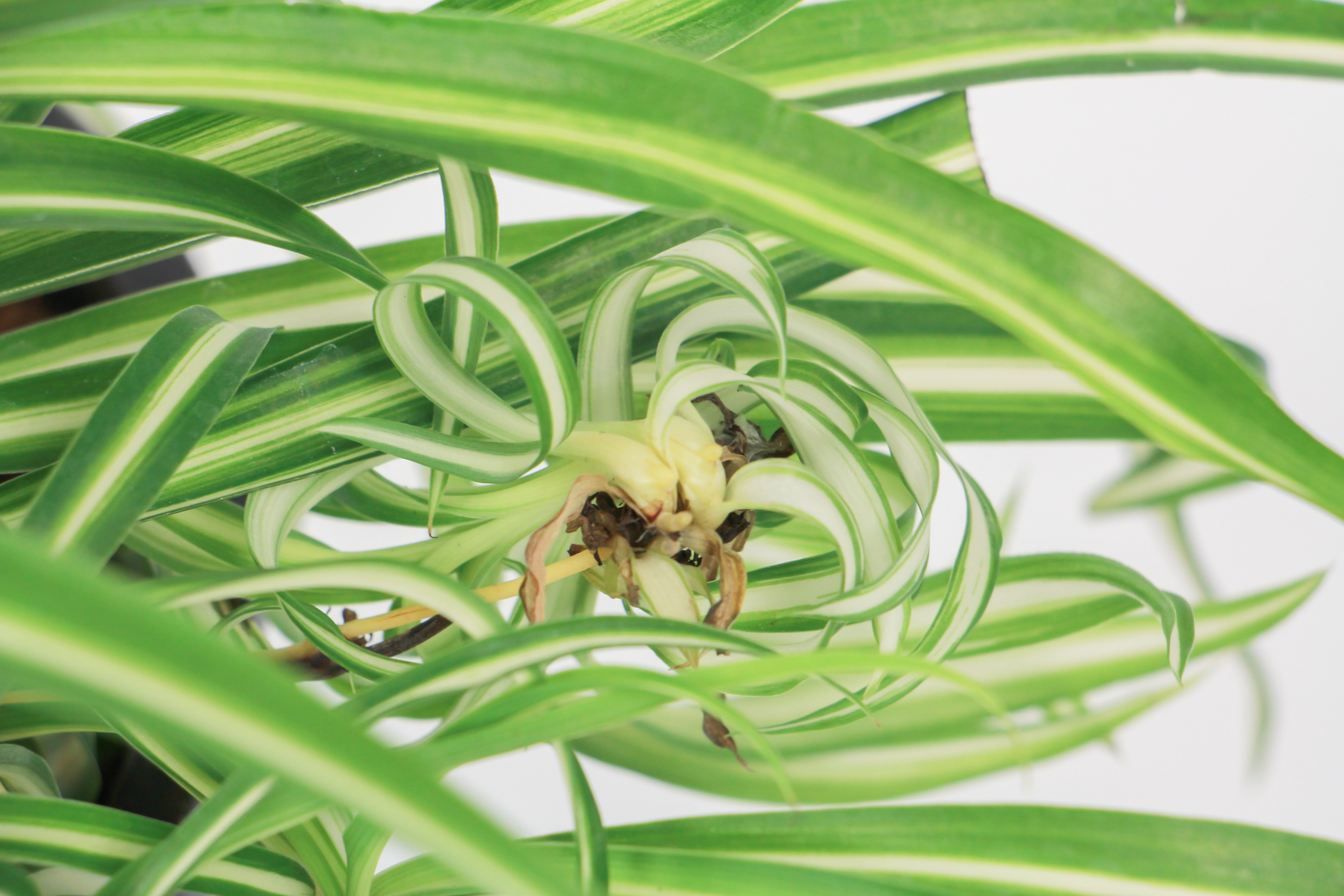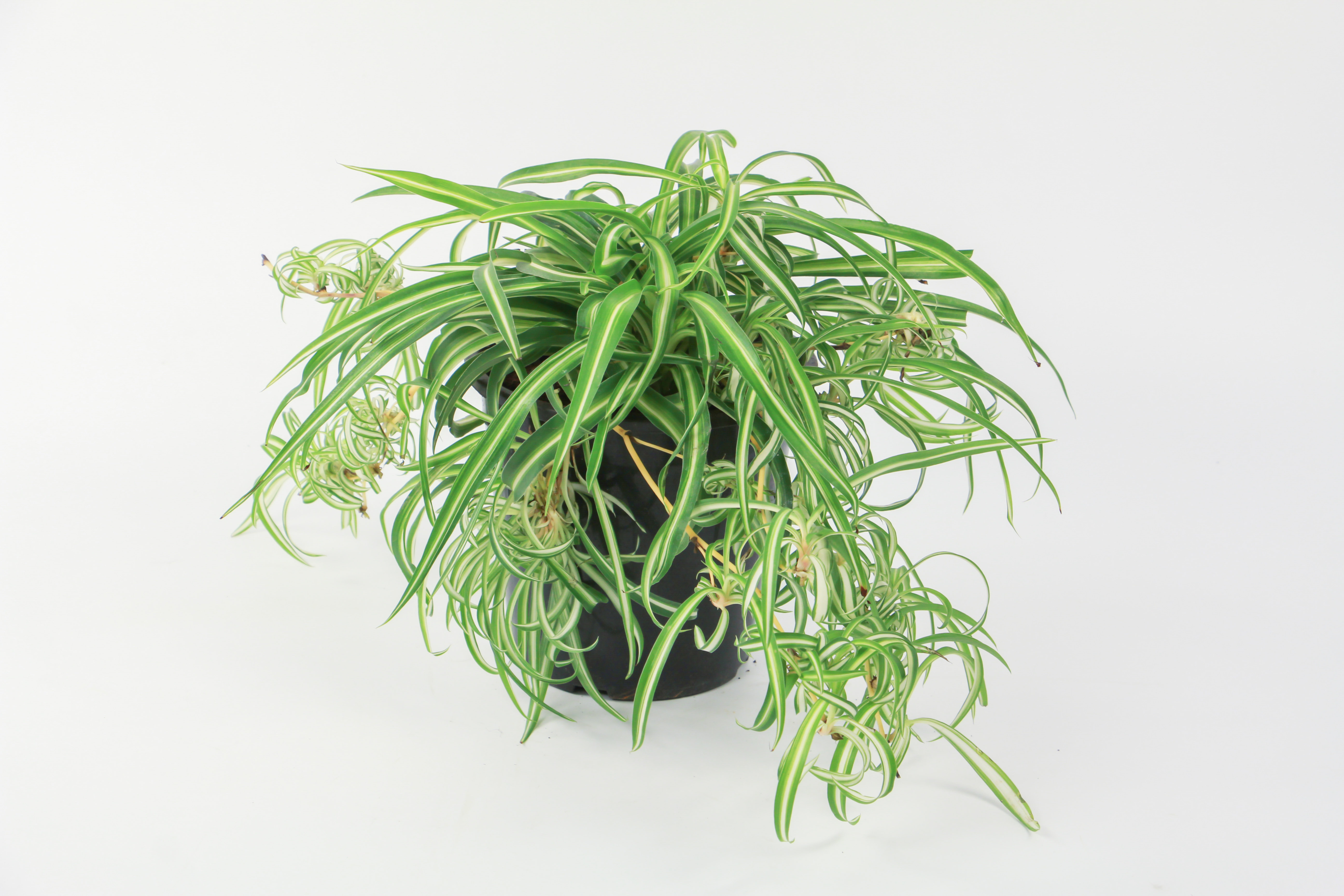Sowing and propagation
The most suitable sowing time is spring. Bury the seeds of Chlorophytum in the soil, but because the seed particles are relatively small, the soil should not be too thick, but should be buried shallow, generally 0.5cm. Then pour water, pay attention to keep the soil moist, but don't let the seeds soak in water. It is best to control the temperature at 15 ℃. In this case, it can germinate in about a week or two. After the seedlings are formed, they can be transplanted and cultured

Ramet propagation
This method is more cumbersome. It is necessary to lift the Chlorophytum plant out of the basin. Pay attention to maintaining the integrity of the root, remove the old soil and decayed roots, cut off the old roots, and leave three stems on the separated plants, and then transplant them separately for culture. You can also cut off the clustered stems and leaves on the Chlorophytum stolon and plant them directly into the basin

Cutting propagation
This is a relatively simple method with a high survival rate, which is the most commonly used. When cutting, cut off the stolons with vigorous growth and new buds, about 5-10 cm, insert them into the soil, take root in about a week, and transplant them into the flower pot for culture in about 20 days. Remember to pour water, and then put them in the shade to complete the propagation of Chlorophytum

Chlorophytum is one of the more common family plants. It mainly adopts the above three methods for reproduction: sowing, branching and cutting. I hope it will be helpful to you

 how many times do yo...
how many times do yo... how many planted tre...
how many planted tre... how many pine trees ...
how many pine trees ... how many pecan trees...
how many pecan trees... how many plants comp...
how many plants comp... how many plants can ...
how many plants can ... how many plants and ...
how many plants and ... how many pepper plan...
how many pepper plan...





























